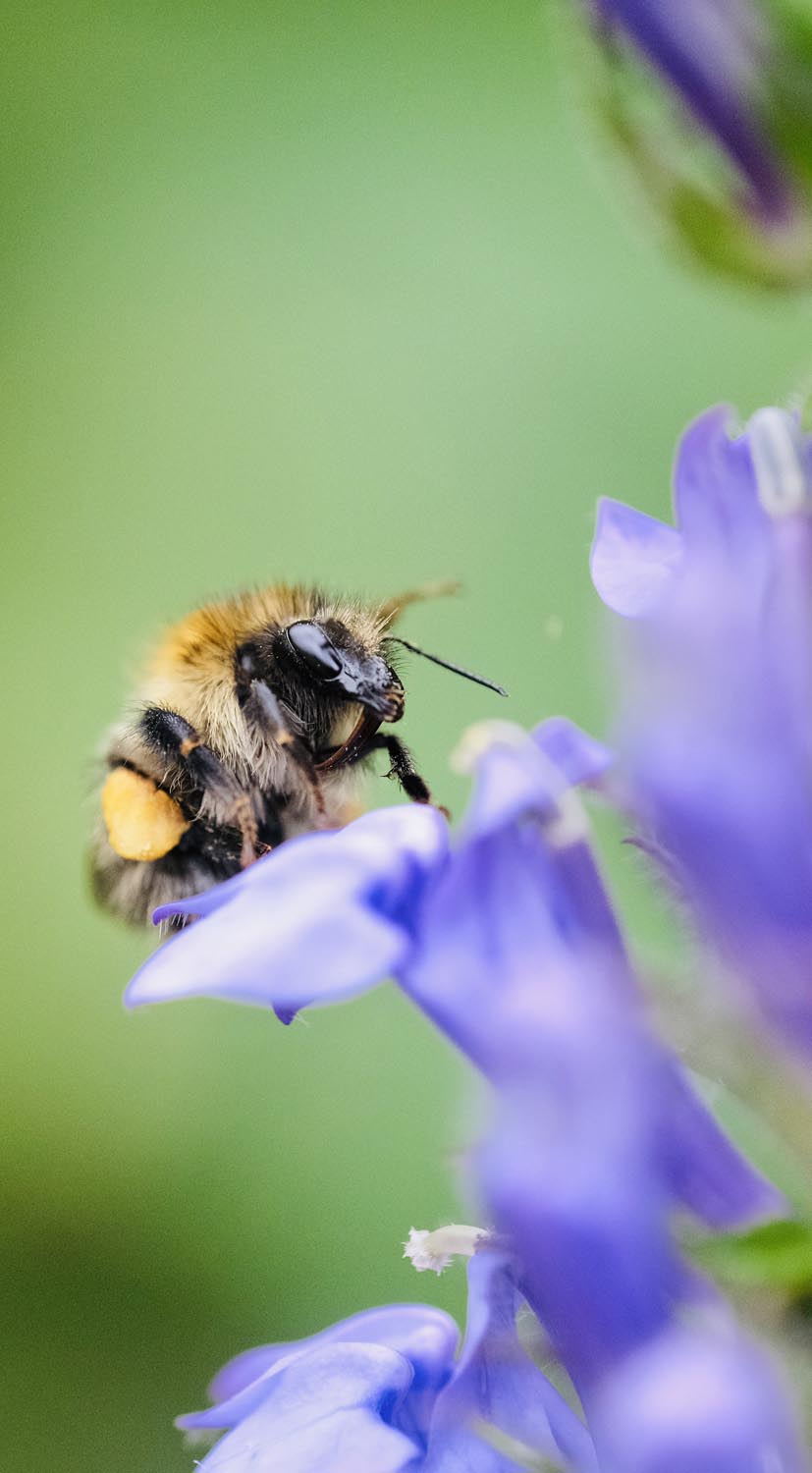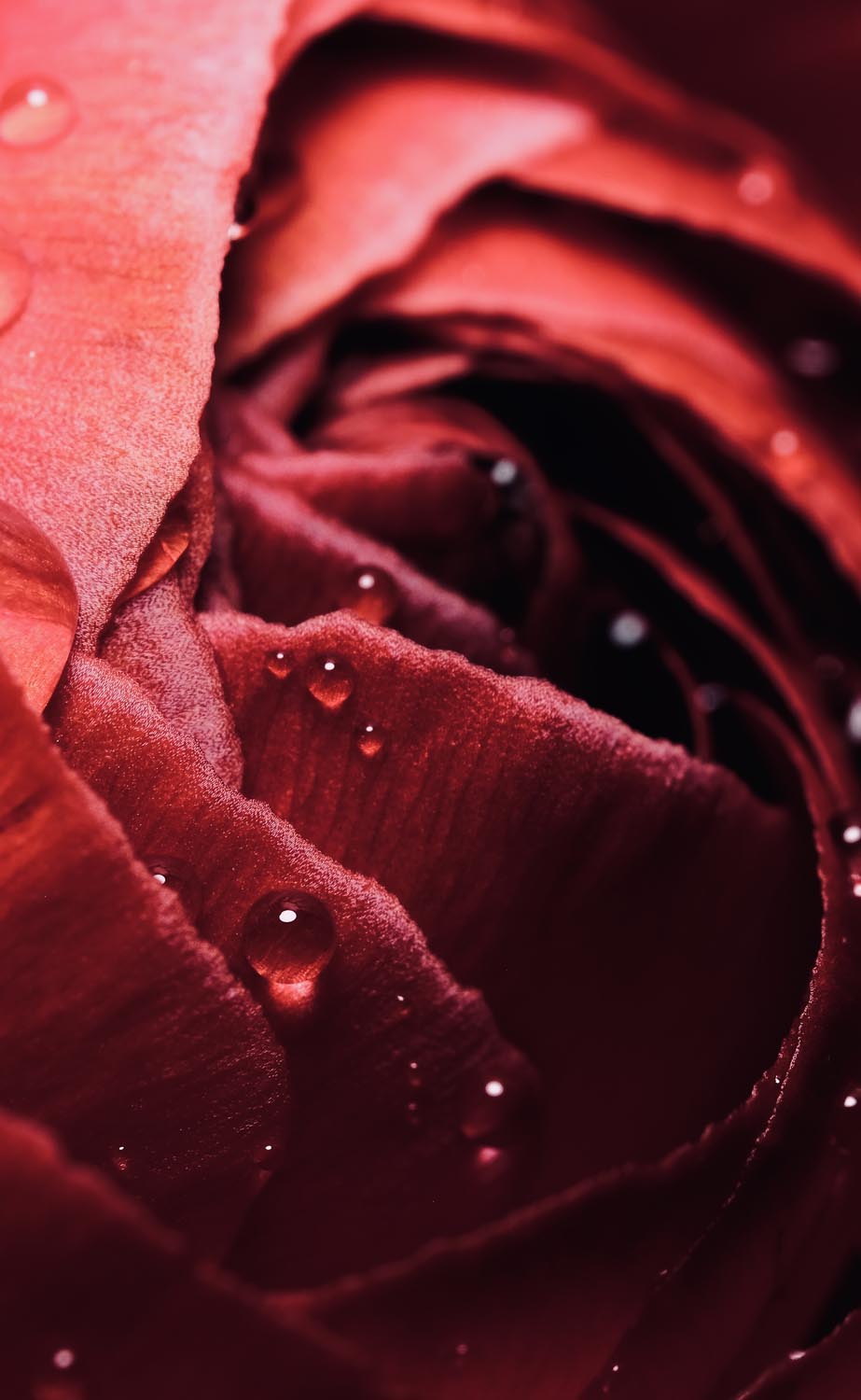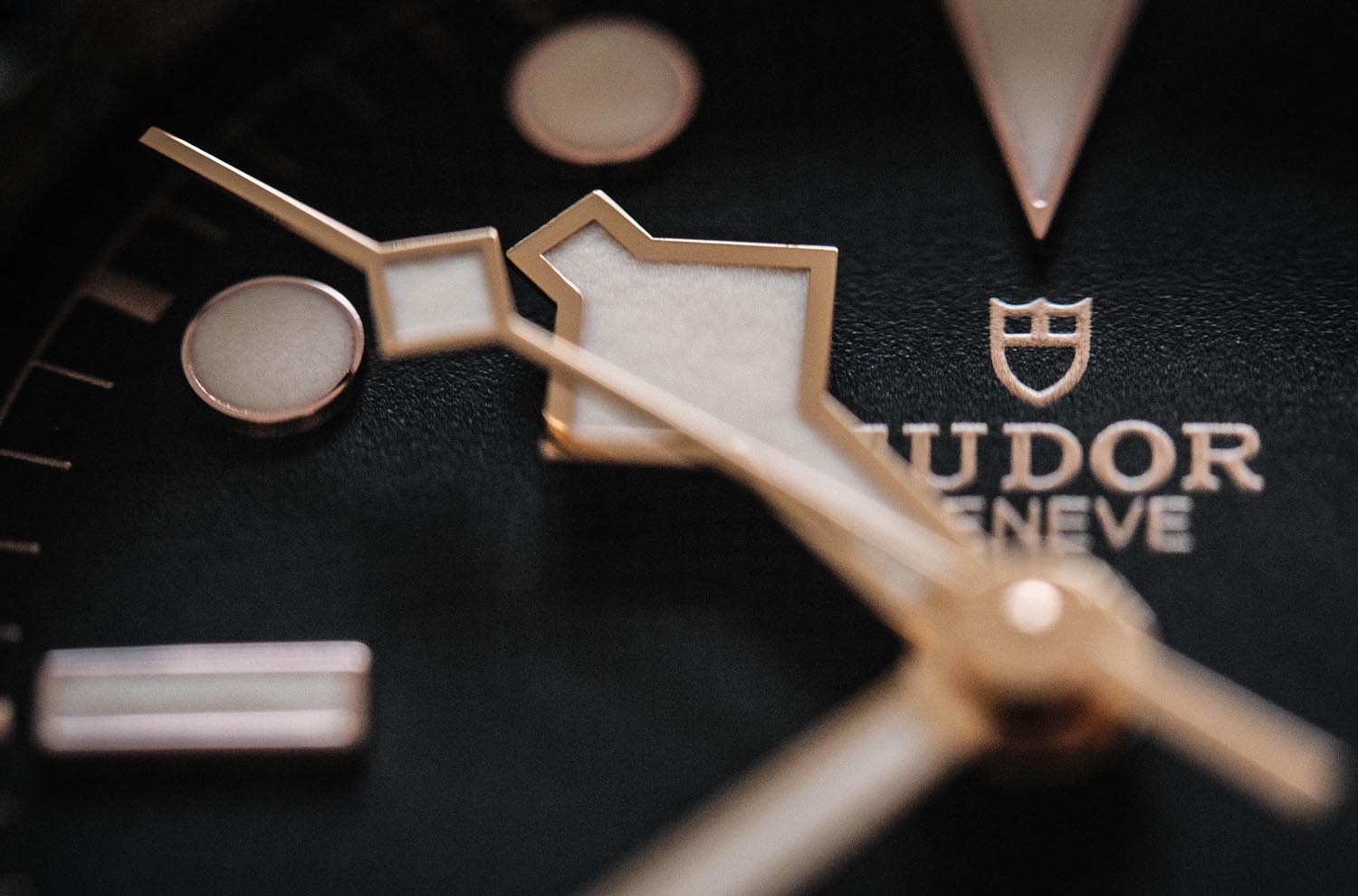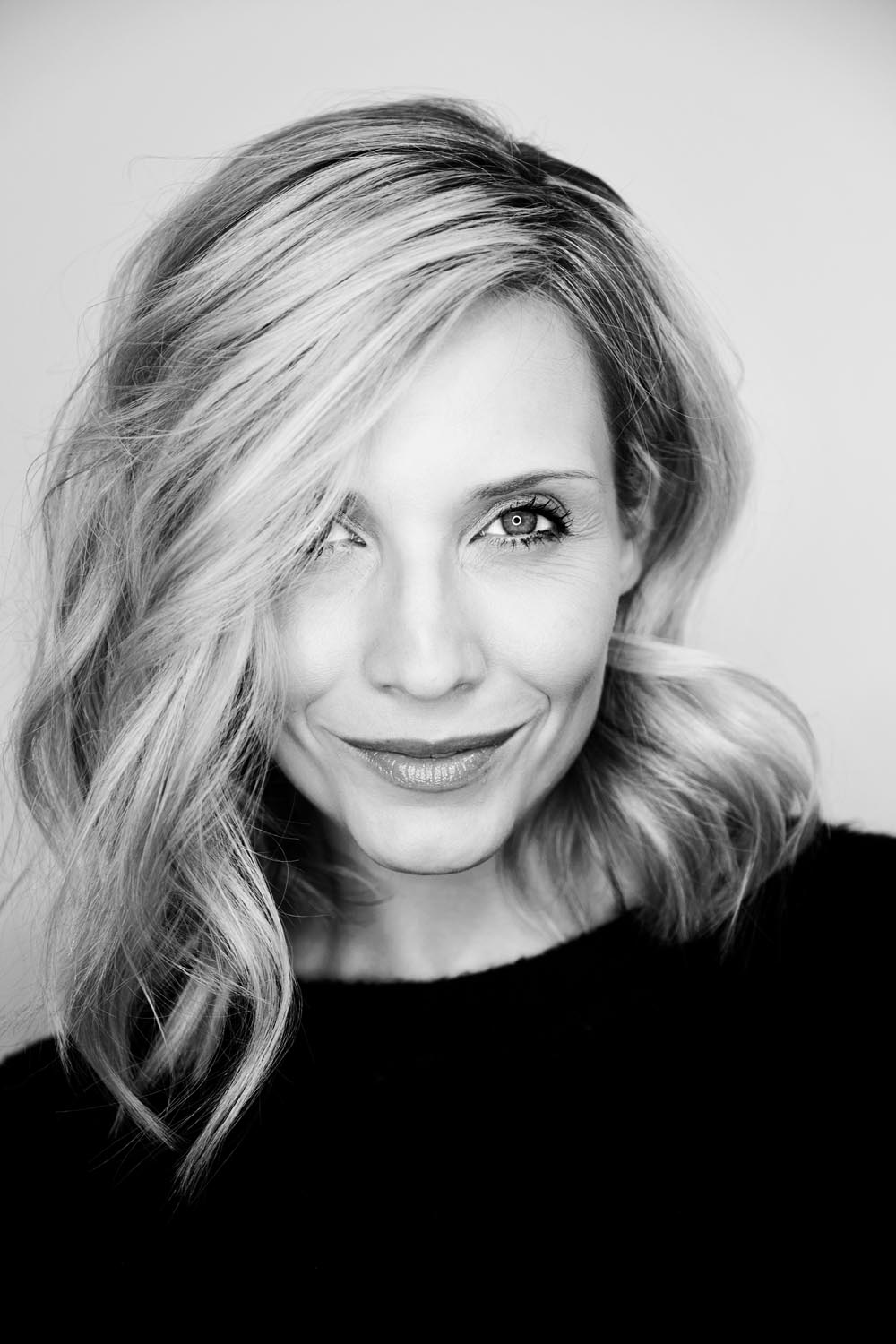
Carl Hare
Carl Hare is a Fujifilm UK Product Specialist and Freelance Photographer based in Hampshire, UK. Carl started out his photography life as a wedding and event photographer, but has since expanded his photographic skills into many genres. Carl has a great passion for educating and has been teaching courses and workshop on many different genres of photography since 2014. These days Carl is just as comfortable shooting headshots in a studio environment or teaching lighting techniques as he is being outdoors shooting landscapes and wildlife in the depths of winter in the Arctic. Carl previously shot with Nikon equipment up until he decided to switch over to the Fujifilm X Series cameras and lenses in 2012 and the GFX system in 2017.
Photographing small objects is a big deal. Lots of photographers like to shoot close-ups – or macro – images and the advent of spring often sees a spike in interest as a plethora of floral subjects can be found right under our feet, quite literally! Want to try your hand at shooting macro images? Follow photographer Carl Hare’s top tips and you’ll soon be well on your way to success.
1: You don’t need a macro lens to get started.
If you want to try macro photography, but don’t want to buy a dedicated macro lens, start by using extension tubes, which are a cost-effective way to get started. Sitting between the rear of the lens and the camera body, extension tubes move the lens further away from the plane of focus/camera body. This reduces your lens’ minimum focus distance and allows you to get closer to your subject.
Fujifilm produces the 11mm MCEX-11 and 16mm MCEX-16 extension tubes for the X Series and the 18mm MCEX-18G WR and 45mm MCEX-45G WR tubes for the GFX system. The measurement shows the distance the lens is spaced from the camera body; the greater the distance, the closer the lens will focus. When the tubes are used with FUJINON lenses, they retain autofocus and autoexposure capabilities, which makes your life much easier.
These shots show what’s possible with the XF16mmF2.8 R WR lens in standard form and then with 11mm and 16mm tubes.
2. Don’t shoot your macro lens at its widest aperture.
As you get closer to your subject, the area that is in sharp focus decreases. So, to get more of the object in focus, you need to avoid using the wider apertures on your lens. Aim instead for between F5.6 and F11.
Using these apertures does create some extra challenges as a smaller aperture means you’ll need to use a slower shutter speed or a higher ISO to deliver a correct exposure, but this trade-off will be worth it!
3. Carry a small tripod, some small lights and a remote shutter release.
As discussed above, closing the aperture down typically results in the need to use a slower shutter speed or a higher ISO, but there is an alternative – use some extra accessories. I always carry around a few small LED lights to add extra light to a macro subject, plus I put my camera on a tripod, which reduces the chance of shake from slower shutter speeds.
A remote shutter release cable like the FUJIFILM RR-90 or RR-100 will also help as it allows you to fire the shutter without physically touching the camera, minimising the chance of shake spoiling your shots.
4. For static subjects, try focus bracketing
Focus bracketing is available on selected FUJIFILM cameras and enables you to take a series of pictures in which the lens will move the focus fractionally for each frame. You can then use software to stack all of the frames together and create one pin-sharp image from the front of the subject to the back.
5. If you shoot flowers, buy a water spray bottle.
Flowers make great macro subjects in their own right, but if you want to give them some extra interest, a quick spray of water can make all the difference! Be sure to photograph the flower dry before you give it a soaking, so you get the best of both worlds.
6. Go abstract and try different angles.
There’s no need to search high and low for different macro subjects, try shooting everyday objects and turn them into works of art. If you own an X Series camera with a tilting screen, use it to find alternative angles and go for a more abstract image. You can also try different lighting effects to create a variety of looks.
And did you know that macro lenses make for beautiful portraits too?





















































